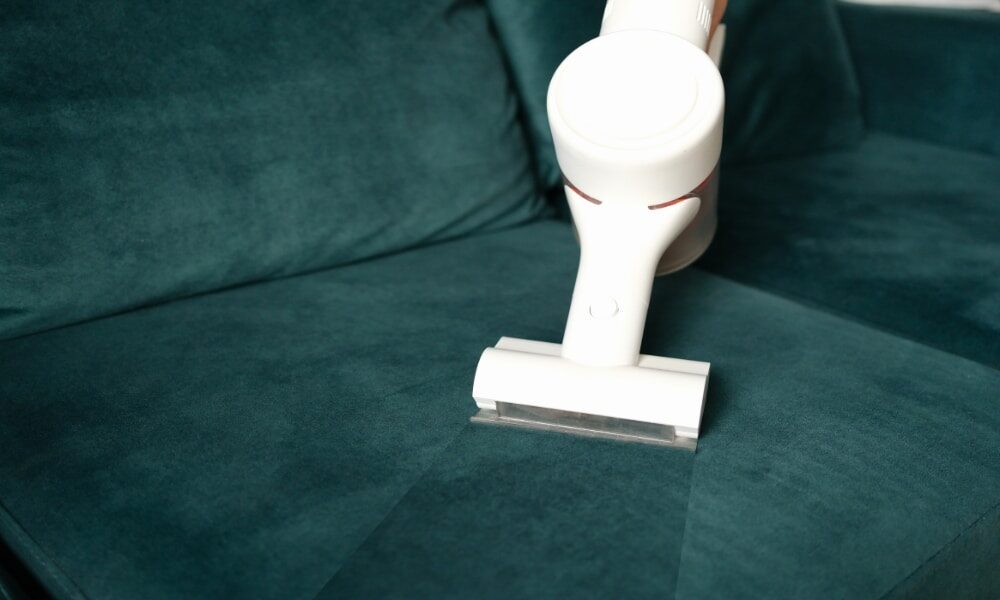Fibreguard is a highly durable, water-resistant fabric used for a variety of applications. It is important to keep fibreguard fabrics clean to ensure their long life and proper performance. There are a few effective methods for cleaning fibreguard fabrics, and each has its own benefits.
The first option is to use a dryer sheet. This will help remove any dirt or detergent residue that may have built up on the fabric.
Don’t Panic
As the weather warms up and the summer season approaches, many people start to think about taking their outdoor furniture off of their property and putting it into storage. This is a great idea, but before you do anything, be sure to clean your fibreguard fabrics. fibreguard fabric is a special type of fabric that is designed to protect outdoor furniture from rain, snow, and other environmental factors.
Because it’s so resistant to water and dirt, fibreguard fabric can actually become stained over time. If this happens, you may not be able to clean it completely without damaging the fabric. However, there are a few simple steps you can take to help make your Fibreguard.com fabric look cleaner and more vibrant than ever before.
Water & Blot
Water and Blot are two key ingredients when it comes to cleaning fibreguard fabrics. When using water, be sure to saturate the fabric and work the liquid into any crevices. Use a soft cloth or sponge to work the water and blot until the fabric is clean. Blotting can also help remove excess water from the surface of the fabric.
Water & Circle
Water is a key ingredient in the production of many fabrics. In order for fabrics to be made from water-based fibres, it must be clean. Unfortunately, many water supplies are not clean enough to produce safe and healthy fabrics. The fibres in these fabrics can become entangled with toxins and other contaminants, which can ultimately lead to fabric damage and poor performance. Fortunately, there are ways to keep the water clean before it enters the manufacturing process. By using Fibreguard fabrics, you can ensure that your products are free from harmful substances and materials.
Air Dry
Air-drying is a process that helps clean fibreglass fabrics. It removes oil and grease, as well as other contaminants from the fabric. There are two types of air-drying – hot air and cold air.
Hot air drying uses high heat to dry the fabric. This method is used on fabrics that cannot be exposed to direct sunlight or heat because they may crack or fade. Hot air drying can take several days, but it is the most effective way to remove oil and grease from a fibreglass fabric.
Cold air drying uses low heat to dry the fabric. This method is used on fabrics that can be exposed to direct sunlight or heat because they will not crack or fade. Cold air drying can take hours, but it is less effective than hot air drying in removing oil and grease from a fibreglass fabric.
Best way to clean fibre guard fabric
Cleaning fibre guard fabric is an important task that must be done on a regular basis. There are many ways to clean fibreguard fabric and the best way to determine which method is best for your specific situation depends on the fabric and its condition. One common method of cleaning fibreguard fabric is using a vacuum cleaner with a dustbin attachment. This method can be used to remove dirt, dust, and pet hair from the surface of the fabric. Another method that can be used to clean fibreguard fabrics is using a wet cloth. This method should be used to wipe down the surface of the fabric with water and soap in order to remove any dirt or debris. Finally, one can use a steam cleaner to clean fibreguard fabrics.
FibreGuard Stain Resistant Fabric philosophy
FibreGuard stain-resistant fabrics are a new and innovative concept in cleaning fabric. It is made of a special blend of fabrics that resist stains and make them easier to remove. The unique construction also makes it easier to clean and wrinkle-free.
Conclusion
If your fibreguard fabric needs to be cleaned and you don’t have the time or resources to do it yourself, there are a few ways to go about it. You can dry-clean it, use a professional cleaning service, or use a special cleaner specifically designed for fibreguard fabrics. Whichever route you decide to take, make sure to read the instructions carefully and follow them closely to avoid damaging the fabric. Read More……




